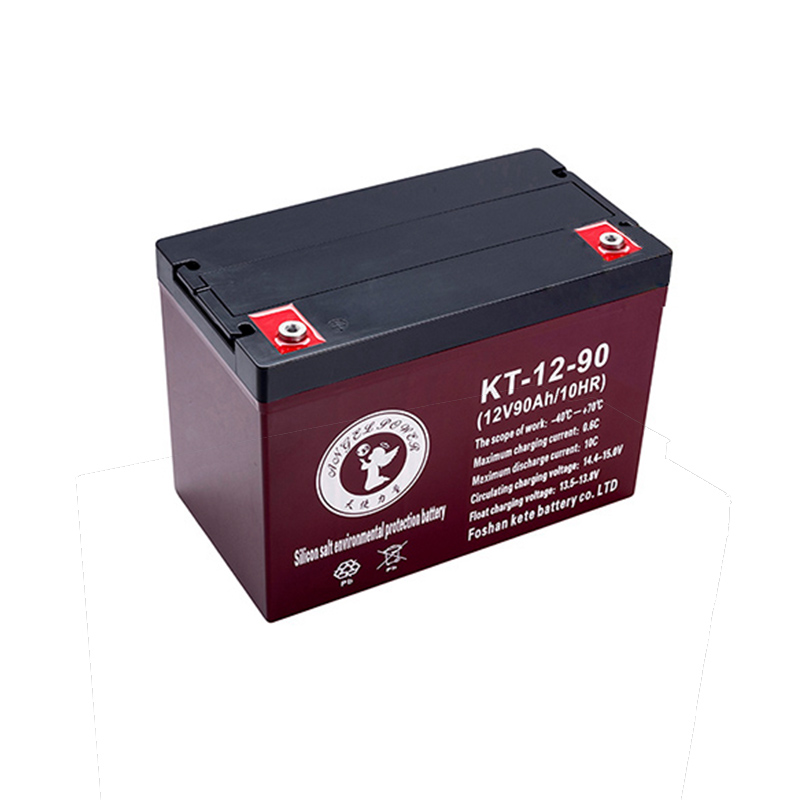What is the lead-acid battery?
A lead-acid battery is a type of rechargeable battery that uses lead dioxide as the positive electrode, lead as the negative electrode, and sulfuric acid as the electrolyte. It is one of the oldest and most common types of batteries, widely used for various applications due to its reliability and cost-effectiveness.
Here's a breakdown of the key components and functioning of a lead-acid battery:
Positive Electrode (Cathode):
The positive electrode of a lead-acid battery is made of lead dioxide (PbO2). Lead dioxide provides a surface for the chemical reactions that occur during both discharge and recharge cycles.
Negative Electrode (Anode):
The negative electrode is composed of sponge lead (Pb). The lead-acid battery relies on the chemical reactions between lead and lead dioxide to generate electrical energy.
Electrolyte:
Sulfuric acid (H2SO4) serves as the electrolyte in a lead-acid battery. The electrolyte facilitates the flow of ions between the positive and negative electrodes during the electrochemical reactions.
Chemical Reactions:
During discharge (when the battery provides electrical power), lead dioxide undergoes a chemical reaction with sulfuric acid to form lead sulfate (PbSO4) at the positive electrode. Simultaneously, at the negative electrode, sponge lead reacts with sulfuric acid to produce lead sulfate. The overall reaction results in the release of electrical energy.

During recharge (when the battery is being charged), the lead sulfate at both electrodes is converted back to lead dioxide and sponge lead, effectively reversing the discharge process.
Construction:
Kete Lead-acid batteries are typically constructed with multiple cells connected in series. Each cell consists of a positive and a negative plate immersed in the sulfuric acid electrolyte.
Types of Lead-Acid Batteries:
There are two main types of lead-acid batteries: flooded (wet cell) and valve-regulated lead-acid (VRLA) batteries.
Flooded Lead-Acid Batteries: These batteries have a liquid electrolyte and require periodic maintenance to check and replenish water levels.
VRLA Batteries: These batteries are sealed, and the electrolyte is immobilized, reducing the need for maintenance. Absorbent glass mat (AGM) and gel cell batteries are common types of VRLA batteries.
Applications:
Lead-acid batteries find widespread use in various applications, including automotive starting batteries, uninterruptible power supply (UPS) systems, backup power for telecommunications, solar energy storage, and as power sources for electric vehicles (though newer technologies are becoming more prevalent in this domain).
Despite the emergence of alternative battery technologies, lead-acid batteries continue to be valued for their reliability, affordability, and well-established performance in a wide range of applications.
256
0
0

Comments
All Comments (0)